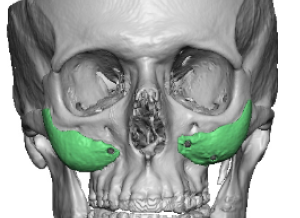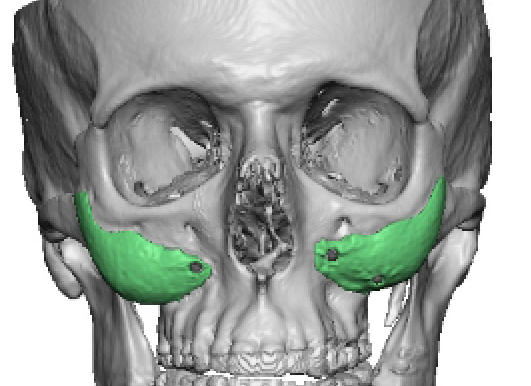Implants and injectable materials (synthetic fillers and fat) are the surgical and non-surgical methods for aesthetic facial augmentation In some cases injection augmentation is done first followed by the placement of implants for a more sustained and substantial facial volume result. In other cases facial implants are done first and injectable filler methods follow afterwards. The injection methods may be used because the implants were removed due to complications or undesired effects or they may be used to supplement what the implants have already achieved.
It is when implants are present and injectable fillers follow that caution is advised. Most injectable fillers are done by the use of needles which when placed deep may enter the implant capsule. Injecting a filler, or even violating it with a needle, into the implant capsule can cause an infection. This is a well known phenomenon and such infectious complications have occurred in all types of facial implants.

This explains patients that for years have had asymptomatic cheek implants and then ‘mysteriously’ developed cheek swelling and signs of an implant infection. Doctors and patients search for an explanation wondering if it is from a tooth or sinus problem…logical because of the proximity and theoretically possible. But if you simply ask about any recent injection history in the past few weeks and the answer will become clear.
While knowing the source of a cheek implant’s infection does not change the subsequent treatment (antibiotics and eventual implant removal in many cases), it does serve as a reminder to inform all facial implant patients that they should tell their dentist and aesthetic injector that such cheek implants are present.
Dr. Barry Eppley
World-Renowned Plastic Surgeon



